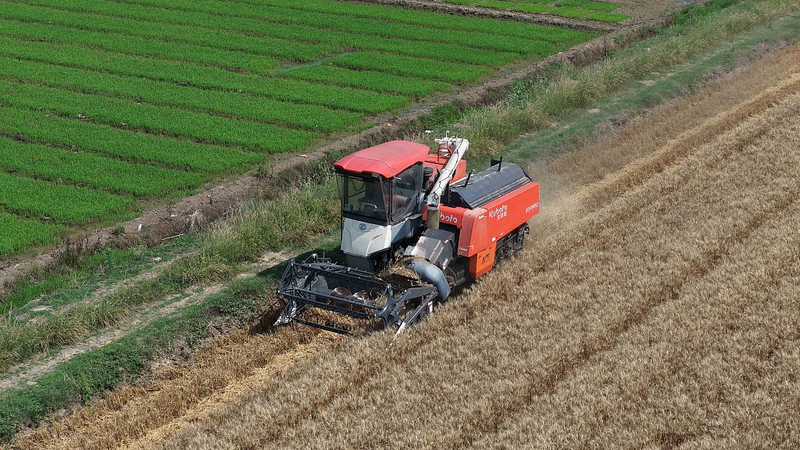Every early June, communities across the Chinese mainland mark Mangzhong – the "Grain in Ear" solar term that signals the peak of summer planting.
As farmers roll out their seedbeds from Heilongjiang to Guangdong, the fields become a patchwork of green shoots: corn seedlings rise in the north, while sweet potatoes and rice paddies get their first watering in the south.
The name Mangzhong plays on the Chinese phrase for "busy planting," and for good reason: this is one of the busiest times on the agri-calendar. Smallholder plots and modern farms alike race to sow beans, grains, and root crops before the season’s rains arrive.
In the southern provinces of the Chinese mainland, Mangzhong often overlaps with the plum rain season, locally known as Meiyu. These soft, frequent showers nourish young seedlings, accounting for up to 30% of the region’s annual rainfall.
For modern agripreneurs, data is the new plow. Satellite monitoring helps predict rainfall and soil moisture, enabling precise planting windows. Startups are rolling out drone surveys and AI forecasting tools to optimize yields.
Beyond the fields, this solar term inspires cultural events: city dwellers join community planting drives, and foodies celebrate with fresh grain dishes and seasonal teas.
As Grain in Ear unfolds, it’s a reminder that ancient rhythms still guide agriculture – bridging tradition and technology from rural villages to urban innovation hubs.
Reference(s):
Grain in Ear: China's agricultural peak and the plum rain season
cgtn.com


